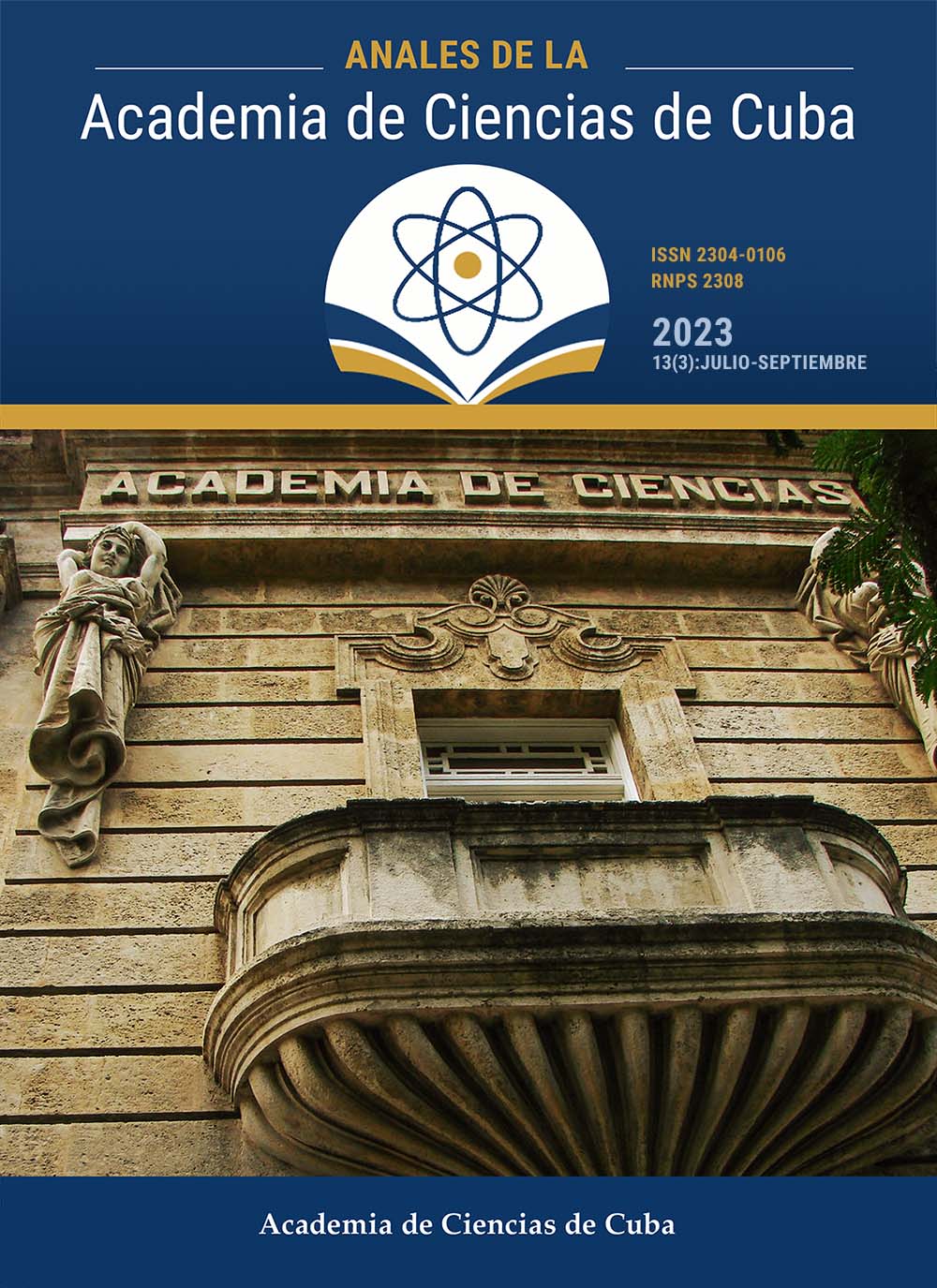Reproductive biology of Cuban plants: lessons for its conservation
Keywords:
floral biology, plant-animal interactions, pollination, reproductive systemsAbstract
Introduction: It was studied the reproductive biology of 17 species of the Cuban flora, 11 of them endemism, and it was analyzed the role of interactions with pollinators and its implications in the development of reproductive strategies.
Methods: The study of reproductive biology considered the particularities of each species. It was studied the floral biology, breeding system, pollination ecology and reproductive phenology of several Cuban species. Several floral measures, related to the interaction with pollinators, were taken in the different species. Breeding systems were assessed through hand-pollination experiments. Observations were carried out during a minimum of 20 h per species, to identify pollinators and other floral visitors.
Results: The floral biology of 17 species is described, which included the variations among populations in seven of them. The floral biology is related with the breeding systems, since there are also identified herkogamy and dichogamy in some species as strategies for outcrossing. Generalism is more frequent than specialism in the pollinator assemblages, which ensure fruit set. Conclusions: The floral biology and ecology of the studied species show the presence of reproductive limitations, which need to be considered for the management and conservation of native and endemic plant species.
Downloads
Published
How to Cite
Issue
Section
License
The journal Anales de la Academia de Ciencias de Cuba protects copyright, and operates with a Creative Commons License 4.0 (Creative Commons Attribution-NonCommercial License 4.0). By publishing in it, authors allow themselves to copy, reproduce, distribute, publicly communicate their work and generate derivative works, as long as the original author is cited and acknowledged. They do not allow, however, the use of the original work for commercial or lucrative purposes.
The authors authorize the publication of their writings, retaining the authorship rights, and assigning and transferring to the magazine all the rights protected by the intellectual property laws that govern in Cuba, which imply editing to disseminate the work.
Authors may establish additional agreements for the non-exclusive distribution of the version of the work published in the journal (for example, placing it in an institutional repository or publishing it in a book), with recognition of having been first published in this journal.
To learn more, see https://creativecommons.org






